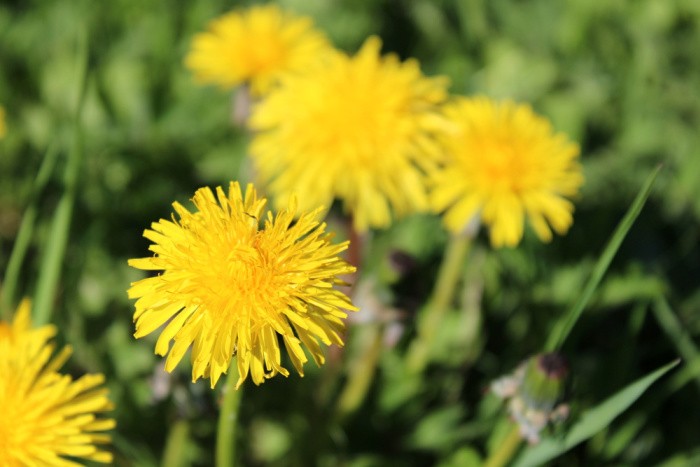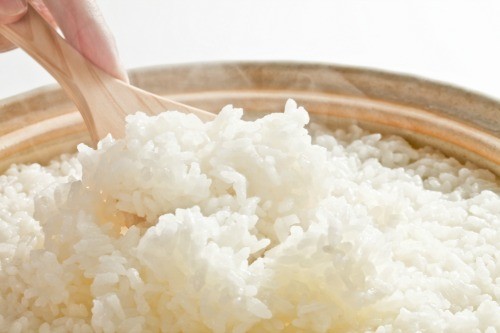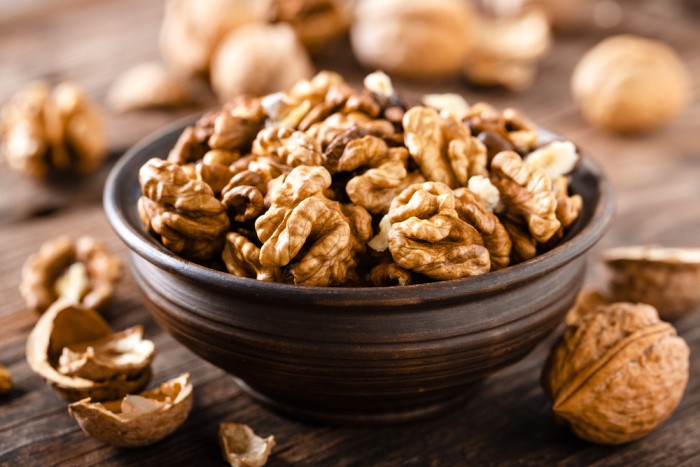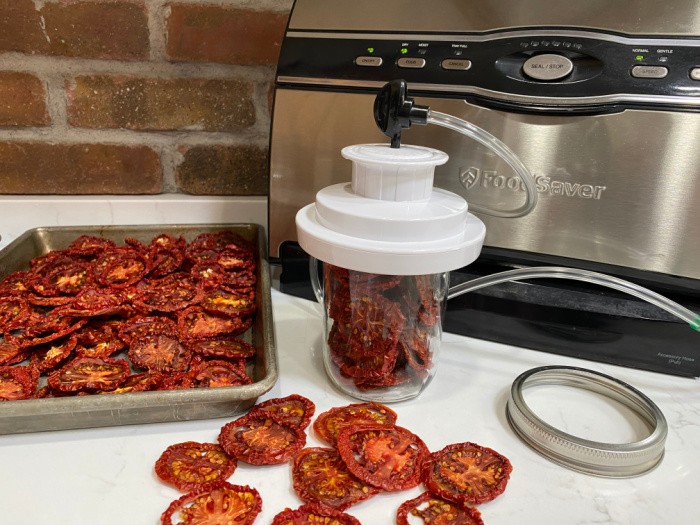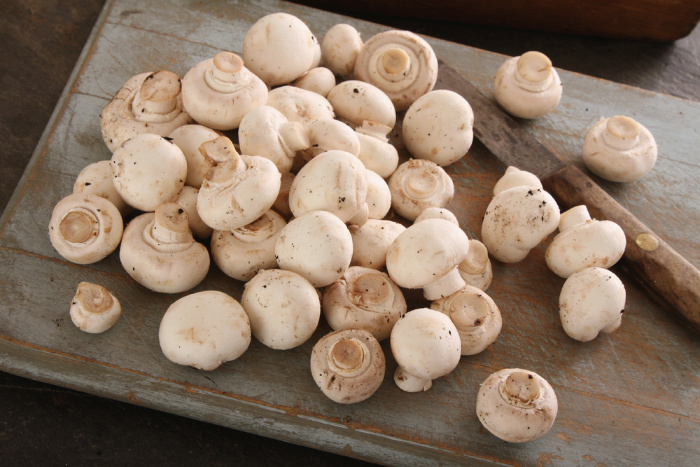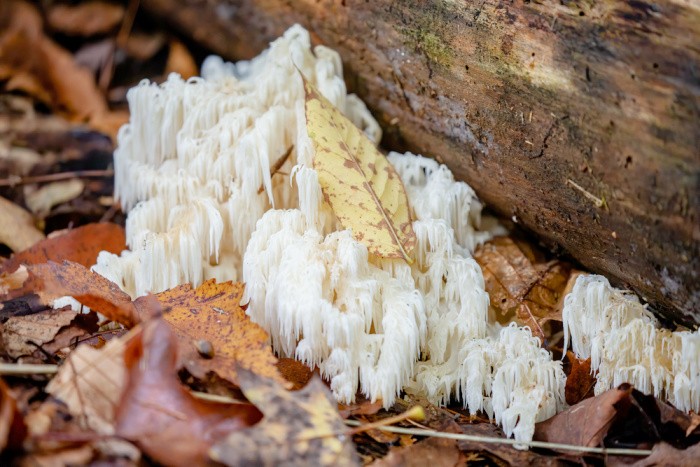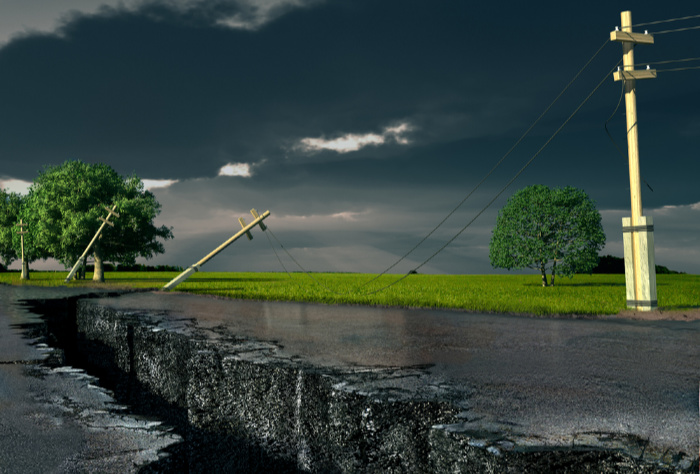16 Plants You Can Eat When You’re Desperate for Food
In times of desperation, knowing which plants are safe to eat can be a lifesaver. Whether you find yourself lost in the wilderness or facing a food shortage, nature provides us with an abundance of edible plants that can sustain us in times of need. I want to talk about these 16 plants you can eat when you’re desperate for food.
There are certainly more than 16 edible wild plants to consider, but these are some of the more common. Some of these wild edibles may not be available in your general area. It’s important to research to see what plants are common to your location so you can learn about how to find and harvest them. Note that with many of them I’ve included a link so you can learn even more about that edible plant.
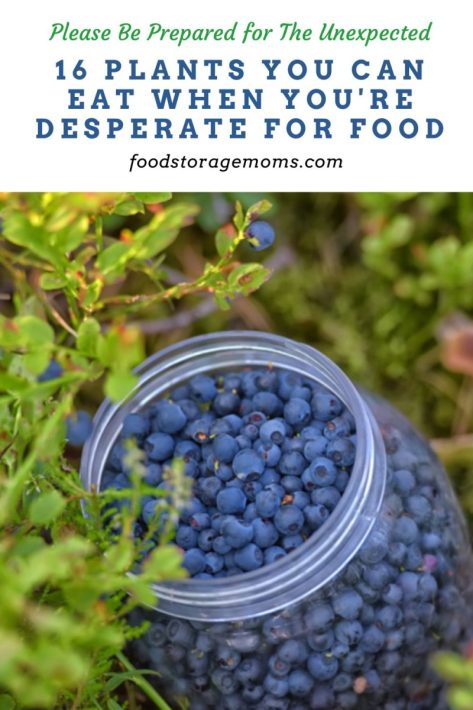
16 Plants You Can Eat When You’re Desperate for Food
- Foraging Wild Plants: Forager’s Harvest 101
- Foraging Basket for Mushrooms: Mushroom Bag
- Foraging Bag for Fruit: Foraging Fruit Bag
1. Dandelion (Taraxacum officinale)
Dandelion is not just a weed; it is a nutrient-dense wild edible plant that can be found in many parts of the world. The leaves, flowers, and roots are all edible and can be consumed raw or cooked. Dandelion is rich in vitamins A, C, and K, as well as iron and calcium. Can I Eat Dandelions? Other Edible Weeds
2. Purslane (Portulaca oleracea)
Purslane is a succulent plant that grows wild in many regions. It has a slightly tangy taste and with nutrients such as omega-3 fatty acids, vitamin A, and vitamin C. The leaves, stems, and flowers of purslane can all be consumed. Can I Eat Purslane? Edible Weeds
3. Chickweed (Stellaria media)
Chickweed is a common weed that is often found in gardens and lawns. The leaves, stems, and flowers of chickweed are all edible and can be consumed raw or cooked. It is a good source of vitamins A and C, as well as calcium and iron. Can I Eat Chickweed: Edible Weeds
4. Lamb’s Quarters (Chenopodium album)
Lamb’s quarters, also known as goosefoot, is a leafy green plant that can be found in many regions. The leaves of lamb’s quarters are similar in taste and texture to spinach and can be eaten raw or cooked. They are high in vitamins A and C, as well as calcium and iron. Can I Eat Lamb’s Quarters? Edible Weeds
5. Stinging Nettle (Urtica dioica)
Despite its name, stinging nettle is a highly nutritious plant that can be consumed once the stingers are removed. The leaves, stems, and roots are all edible and can be cooked or brewed into tea or tasty soup. Stinging nettle is rich in vitamins A and C, as well as iron and calcium. Nettle Tea Benefits & Uses
Be sure to use sturdy gloves when picking stinging nettle to protect your hands from the stingers!
6. Prickly Pear Cactus (Opuntia)
A plant that is principally found in the Southwestern United States, has over 1700 species, not all of which are edible. The prickly pear plant produces a fruit often called a tuna, cactus fruit, cactus fig, or Indian fig. This fruit can come in red, wine-red, yellow-orange, or green.
The raw Opuntia leaves can also be eaten. When preparing the plant as food, but sure to peel the outer layer with the spines so you don’t ingest the glochids chemical from the plant which can cause discomfort in the throat, lips, and tongue.
7. Wild Garlic (Allium vineale)
Wild garlic, also known as wild onion, is a plant that can be found in many regions. Both the leaves and bulbs are edible and have a strong garlic flavor. They can be used in various dishes to add flavor and provide nutritional benefits. How To Plant Garlic Step-By-Step
8. Pine Trees (Pinus spp.)
Pine trees offer several edible parts that can be consumed in times of desperation. The inner bark, young shoots, and pine nuts (seeds) found in the pine cone, are all edible and can be eaten raw or cooked. Pine needles can also be brewed into a tea that is rich in vitamin C.
9. Wild Rose (Rosa spp.)
Wild roses produce fragrant flowers and edible rose hips. The rose hips are the fruit of the wild rose and are high in vitamin C. They can be consumed raw or cooked and are often used to make herbal teas, jams, and jellies.
10. Cattails (Typha spp.)
Cattails are a versatile plant that can be found near bodies of water. Various parts of the cattail plant are edible, including the young shoots, pollen, and rootstocks. The shoots can be eaten raw or cooked, while the rootstocks can be boiled or roasted.
11. Wild Berries (Various species)
Wild berries, such as blackberries, raspberries, and blueberries are great food in a survival situation and can be found in many regions. These berries are not only delicious but also rich in vitamins, antioxidants, and fiber. They can be eaten raw, used in baking, or made into jams and preserves. How To Dehydrate Blackberries & Make Blackberry Powder
12. Wild Mushrooms (Various species)
Foraging wild mushrooms requires expertise and caution, as some mushrooms can be toxic. However, there are numerous edible mushroom species, such as morels, chanterelles, and oyster mushrooms. If you have the knowledge and can safely identify them, wild mushrooms can provide a valuable food source. Stuffed Baked Sausage Mushroom Recipe
13. Plantain (Plantago spp.)
Plantain is a common plant with edible leaves that can be found in many regions. The leaves can be cooked and consumed like spinach or used as a wrap for other ingredients. Plantain leaves have medicinal properties and can be used as a natural remedy for various ailments. Can I Eat Plantain? Edible Weeds
14. Clover (Trifolium spp.)
Clover is a familiar plant with distinctive three-leafed foliage. The leaves and flowers of clover are edible and can be added to salads or cooked as a vegetable. Clover is rich in vitamins and minerals, making it a nutritious option in desperate times. Can I Eat Red Clover? Edible Weeds Who knows, you might find a four-leaf clover and have your luck change!
15. Burdock (Arctium spp.)
Burdock is a plant with large leaves and edible roots that can be found in many regions. The young leaves can be cooked and consumed, while the roots can be boiled, roasted, or pickled. Burdock root is high in fiber and contains various beneficial compounds.
16. Wild Asparagus (Asparagus officinalis)
Wild asparagus can be found in certain regions and offers a delicious and nutritious food source. The young shoots of wild asparagus can be cooked and consumed, similar to cultivated asparagus. They are rich in vitamins A, C, and K, as well as folate and fiber. What to Know About Growing Asparagus
16 Plants You Can Eat When You’re Desperate for Food
Please practice looking for the plants I have listed. Add your favorite ones. If you have some favorite books about edible wild plants let me know the titles and I’ll add them to the post. Thank you, my friends.
Final Word
While I’m sure many plants aren’t easy to find, it’s important to know exactly what you can eat as survival food. So, when the time comes, you can get involved in finding them and eating them! Knowing what to eat when there is nothing else available is super important as you try to protect yourself and your family. May God Bless this World, Linda
Copyright Images: Blooming Dandelions In Meadow Depositphotos_661020034_S by LubkaFoto, Blueberries in Nature Depositphotos_206020776_S by Evdoha

